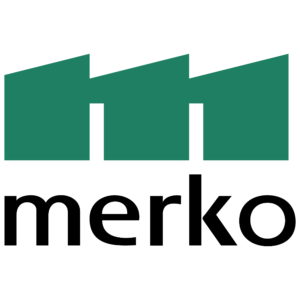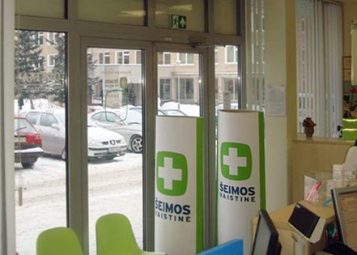Automatic fire alarm systems and gas extinguishing systems
Automatic fire alarm systems of Pristis
Automatic fire alarms are divided into:
- conventional systems
- addressable systems
In a conventional system, the alarm is detected by zones. Because there are 14 to 20 sensors in one zone, it is not usually possible to determine the location of the alarm with the accuracy of the sensor. As a result, these systems are mainly used in small buildings.
In the addressable system, the location of the alarm is detectable with sensor accuracy and has greater capabilities for ventilation, elevators, escalators, sprinklers, smoke exhausts, and more. to control in emergency situations. The CPU notifies the alarm with a time delay, giving staff time to identify the cause of the alarm and cancel the false alarm. Addressable systems are suitable for high-rise buildings, large office buildings, hotels and schools.
Both systems use sensors that operate on the same principles
Main types of sensors:
- optical smoke detectors that respond to visual smoke.
- fixed temperature sensors that react when the temperature exceeds 56 ° C or 90 ° C.
Temperature sensors are used in rooms where the use of optical smoke detectors is not possible.
differential temperature sensors that respond to the temperature rise rate. They are used in rooms where both smoke and persistent high temperatures can be represented.
In special cases, explosive atmosphere (EX) sensors, gas sensors, flame sensors, line sensors and so-called “air sample” sensors are also used.
Gas extinguishing systems
In the case of servers and other high-tech devices, short-circuiting cannot be completely ruled out. Then gas extinguishing systems are used for extinction. The advantage of a gas extinguishing system is the rapid elimination of the fire without any extinguishing agent.
Gas fire extinguishing systems consist of cylinders, gas pipes with nozzles and fire detectors with control panel.
Main types of extinguishing gases:
- inert gases, the principle of which is the reduction of oxygen in the space until the fire is extinguished. Inert gases are well suited for extinguishing larger spaces, with the advantage of low cost. The disadvantage of inert gases is the large number of cylinders which, in some cases, require separate space. Consideration must also be given to the additional cost of the overpressure valves, which are intended to protect the building structures against overpressure during the extinguishing process, as the spaces are filled with up to 50% of their volume. The best known inert gases are Argon and Argonite, IG-55
- chemical gases whose quenching principle is based on an endothermic (heat-absorbing) reaction in which the three elements (fuel, oxygen and heat) are removed from the heat. Chemical gases are mainly used in computer and electrical equipment rooms, telecommunication rooms, expensive equipment, art treasures and archives rooms, aviation, ships, flammable substances storage rooms, etc. Chemical gases are advantageous especially for extinguishing smaller spaces. For most chemical gases, there is no need for overpressure valves, as the extinguishing process requires only 7-9% of the room volume. The best known chemical extinguishing gases are FM-200, FE-13 and HFC-227
If you need a gas fire extinguishing system, we recommend that you consult only a qualified company, as the design of gas fire extinguishing systems and the preparation of a competent quotation require thorough design knowledge, which guarantees the actual operation of the fire extinguishing system and the most cost effective solution.
When requesting a quote, it is essential to provide:
the exact dimensions (area and height) of the spaces to be cleared, as well as the height of the suspended ceiling and / or underfloor
number of vents
the presence of air conditioning
How do we do that?
Optimal solutions for building a low-voltage solution are found in cooperation with the Clientr, with the aim of ensuring that the requirements are met at the optimum cost
in partnership with international suppliers of equipment we offer and based on their experience, we can provide solutions for even the most complex buildings and facilities
the advice of our specialists is highly valued in the largest design companies in Estonia and the cooperation of highly experienced specialists ensures the best result for the client
AS Pristis is a prime contractor among the general contractors you can always count on
The process
Identifying customer needs
Development of possible alternative solutions, their introduction to the client
Clients acceptance for the offered solutions
Price offer
Signing a contract
Preparation of work project
Execution of works
Delivery of works and Customer training
Maintenance of systems
They use this service




Klientide tagasiside
Oleme Pristisega teinud koostööd 13 aastat ja võime kinnitada, et Pristis on suurepärane ja turvaline partner!
Raido IngerainenHammerjack OÜ
Pristis on andnud oma suure panuse, et külaliste rahuolu püsiks väga kõrge!
Ain KäppTegevjuht / TallinnHotels
If you are interested in building a low current system, please contact our representative. Our technical and business experienced consultants can advise and talk about solutions in more detail.



























